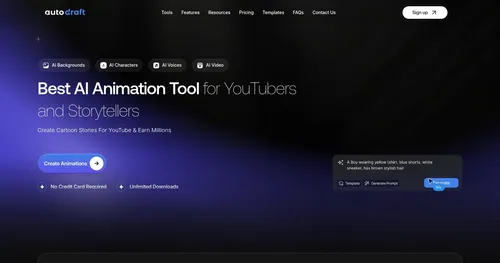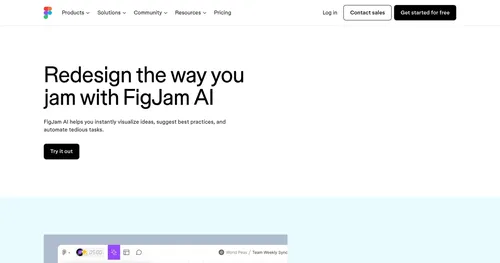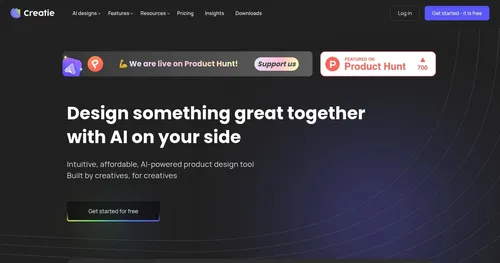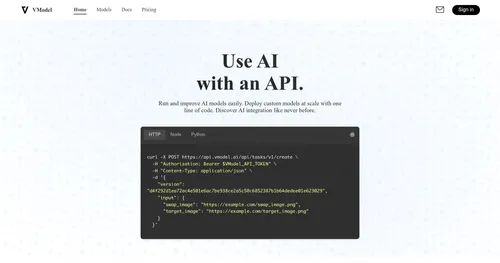History Timelines
History Timelines’ Timeline Software feels like a time machine for your desktop, a tool that makes history not just accessible but downright captivating. You’re not just reading about the past; you’re zooming through it, from the Big Bang to modern times, with a slick interface that’s as intuitive as flipping through a photo album. The software, built for Windows (with a Mac version on the horizon), lets you create custom timelines or explore pre-built ones covering everything from American history to Earth’s geological epochs. It’s like having a historian’s toolkit at your fingertips, complete with primary source links and multimedia support. I think it’s the kind of thing that could make even the driest history buff perk up.
The standout feature is the interactive zoom, which lets you scale from a bird’s-eye view of millennia to a granular look at a single day. Imagine panning across centuries, then zeroing in on, say, the Battle of Gettysburg, with clickable links to original documents. It’s smooth, responsive, and makes you feel like you’re navigating a living map of time. The software also supports real-time collaboration, so you can work with others to build timelines, perfect for classroom projects or group research. Plus, the ability to import data via Excel templates streamlines the process, though you’ll need to tinker a bit to get the formatting right.
Not everything’s perfect, though. The software requires an internet connection, which can be a hassle if you’re somewhere with spotty Wi-Fi. Some users might find the sheer volume of data overwhelming, especially when browsing the extensive library of pre-made timelines. There’s no advanced analytics either, so if you’re hoping to crunch numbers on historical trends, you’ll need to look elsewhere. Compared to competitors like Preceden or ChronoFlo, History Timelines excels in its visual polish and source integration but lags in offline functionality. Preceden, for instance, offers more robust privacy settings, while ChronoFlo leans heavily into web-sharing options.
What surprised me was how engaging the pre-built timelines are. The art history timeline, for example, doesn’t just list events; it weaves in images and context that make you feel like you’re strolling through a museum. It’s the kind of detail that sparks curiosity, whether you’re a student or just someone who loves a good story. The subscription model, while not the cheapest, feels fair for the premium features, especially when stacked against Preceden’s similar pricing. Free timelines are available, but the real magic happens with the paid version.
For anyone looking to dive into history, start with the free version to test the waters. Play with the zoom feature to get a feel for its fluidity, and don’t shy away from the Excel template for custom projects. If you’re teaching or collaborating, lean into the real-time features, they’re a game-changer. Just make sure you’ve got a solid internet connection before you start exploring.
What are the key features? ⭐
- Interactive Zoom: Scales timelines from millennia to milliseconds for detailed exploration.
- Real-Time Collaboration: Allows multiple users to edit timelines simultaneously.
- Excel Template: Simplifies custom timeline creation with a pre-formatted spreadsheet.
- Primary Source Links: Connects events to original documents and encyclopedia articles.
- Multimedia Support: Integrates images and descriptions into pre-built timelines.
Who is it for? 🤔
Examples of what you can use it for 💭
- History Teacher: Uses premium timelines to illustrate the Civil War for classroom lessons.
- College Student: Creates a custom timeline for a thesis on Renaissance art using the Excel template.
- Hobbyist Historian: Explores the geology timeline to study Earth’s prehistoric eras.
- Group Project Leader: Collaborates with peers to build a timeline on World War II events.
- Museum Curator: Designs an interactive exhibit timeline using multimedia features.
Pros & Cons ⚖️
- Intuitive zoom feature
- Primary source integration
- Free version available
- Complex Excel formatting
- No advanced analytics
FAQs 💬
Related tools ↙️
-
 Autodraft
An AI-powered platform that can transform text prompts into vivid visuals
Autodraft
An AI-powered platform that can transform text prompts into vivid visuals
-
 FigJam AI
Instantly visualize ideas, suggest best practices, and automate tedious tasks
FigJam AI
Instantly visualize ideas, suggest best practices, and automate tedious tasks
-
Architechtures Generates optimal residential building designs in real-time using AI
-
 Creatie
An AI-powered design tool that aims to simplify the creative process for designers
Creatie
An AI-powered design tool that aims to simplify the creative process for designers
-
 VModel AI
An efficient and cost-effective solution for on-model fashion photography
VModel AI
An efficient and cost-effective solution for on-model fashion photography
-
Magic Patterns An AI-powered design tool that helps teams quickly create user interfaces


